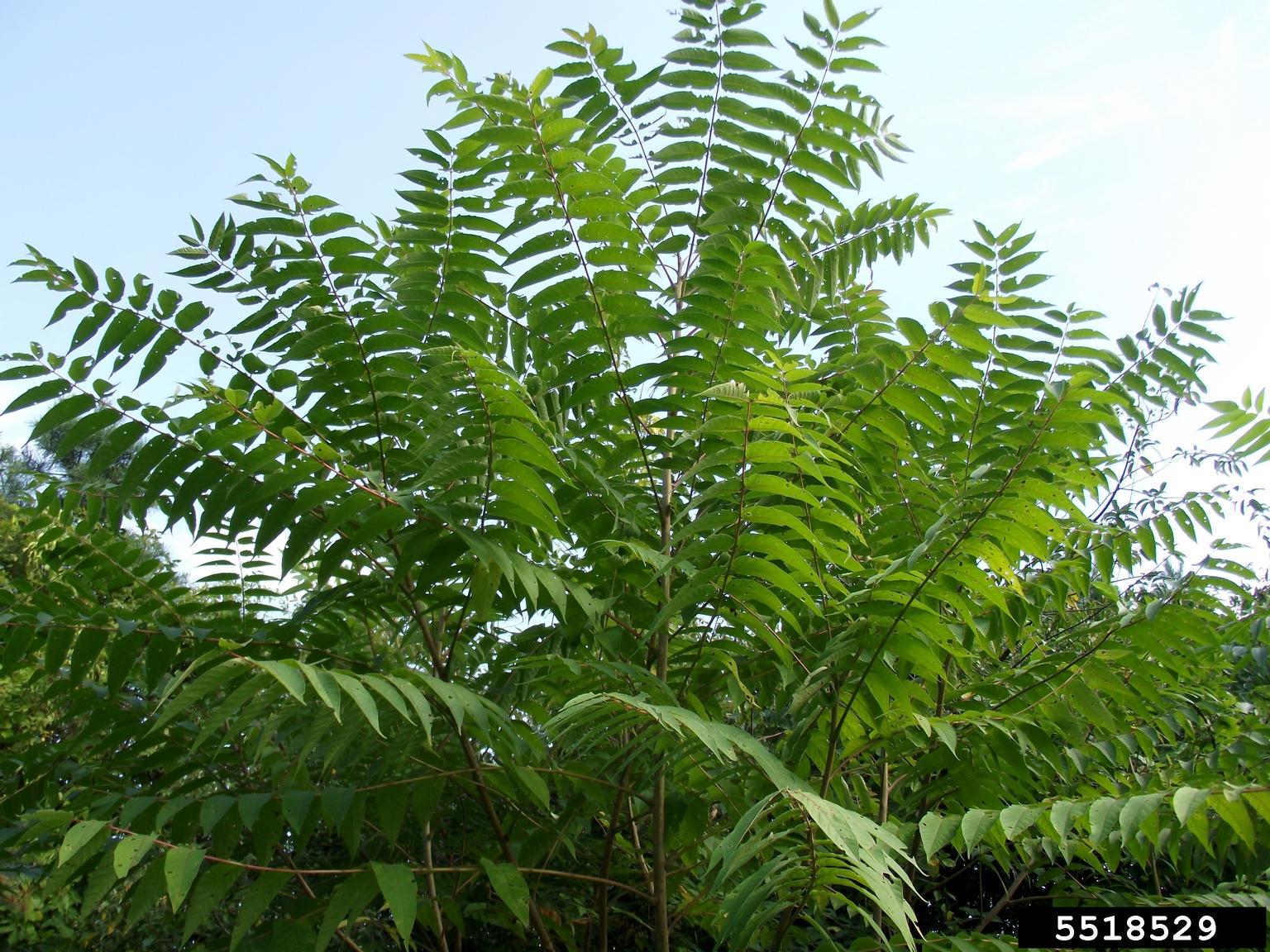Tree of Heaven Plant FAQs and Conclusion
What is the Tree of Heaven?
The Tree of Heaven, scientifically known as Ailanthus altissima, is a deciduous tree native to China. It is known for its rapid growth, tolerance to pollution, and the ability to thrive in disturbed areas. However, it has become an invasive species in many parts of the world, including North America and Europe.
Why is the Tree of Heaven Considered Invasive?
Rapid Growth: The Tree of Heaven can grow very quickly, outcompeting native plants for sunlight and resources.
:max_bytes(150000):strip_icc()/tree-of-heaven-invasive-plant-profile-5184401-hero-a4dfe665b1834698bb29870260729694.jpg)
What are the Characteristics of the Tree of Heaven?
Leaves: The leaves are compound, consisting of multiple leaflets arranged in pairs with a single leaflet at the tip. They are typically green but can turn yellow or reddish in the fall.
How Can I Identify the Tree of Heaven?
Bark: The bark is smooth and gray when young, becoming rough and furrowed with age.
What are the Environmental Impacts of the Tree of Heaven?

Habitat Degradation: The Tree of Heaven can displace native plants and reduce biodiversity.
How Can I Control the Tree of Heaven?
Manual Removal: Small trees can be removed by hand.
Conclusion
The Tree of Heaven is a highly invasive species that can have significant negative impacts on the environment. While it is a beautiful tree, it is important to be aware of its potential problems and take steps to control its spread. By understanding the characteristics and impacts of the Tree of Heaven, we can help protect our ecosystems and maintain biodiversity.



:strip_icc()/Norway-Spruce-Evergreen-Tree-48c81b7ef15d46bb8dc0989ab0fa5cc8.jpg?w=200&resize=200,112&ssl=1)



:max_bytes(150000):strip_icc()/english-boxwood-shrubs-2132072-hero-03-c9f674badbbb45128597f71cb35a71d7.jpg?w=200&resize=200,112&ssl=1)
